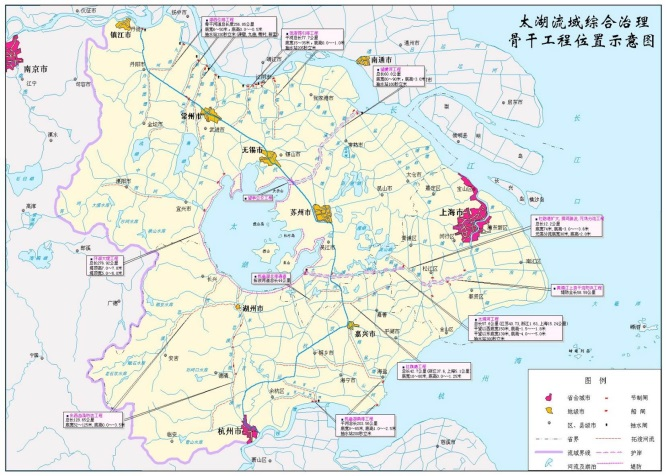
(A key project supported by the National Social Science Foundation of China)
In 2011, the Central Committee of the Communist Party of China issued a “No. 1” document introducing the theme of water conservancy for the first time. The document stated that “It is necessary to make up our minds to speed up the development of water conservancy, strengthen our capacities to support and guarantee water conservancy, and realize the sustainable utilization of water resources.” In its content relating to the construction of water conservancy infrastructure, the document described the development of a connected system of lakes and rivers as a measure for strengthening projects for the allocation of water resources. It emphasized the need to “perfect and optimize a pattern of strategic allocation of water resources and to protect ecology.” In the near future, a number of key water resource projects and a series of projects connecting river and lake systems will be developed to improve the regulation of water resources and to support the maintenance of water supplies. Connected systems between rivers and lakes are an important component of China’s water management strategy, contributing to a reduction in the risk of flood disasters, guaranteeing sustainable water resources uses, and improving water environments and ecologies. There is also an urgent need to foster harmony between humans and water resources and to promote sustainable development of the economy and society.
The project, which is led by Prof. Zongxue Xu, is being overseen by Beijing Normal University and General Institute of Water Resources and Hydropower Planning and Design as well as the Planning and Design Administration of South-to-North Water Transfer under the Ministry of Water Resources. The purpose of the research project is to analyze and summarize the operation and management status of projects aimed at developing connectivity between rivers and lakes and to identify the issues that typically arise during the implementation of such projects in China Lessons will be drawn from related experiences in the implementation of comparable projects in other countries, and water conservancy problems that occur after the completion of the projects will be analyzed. A comprehensive and systematic theoretical analysis will be conducted along with strategic research encompassing the fields of environmental ecology, policy, law, philosophy, and history, and related policy recommendations will be proposed to assist with decision making relating to the connectivity between river and lake systems.

